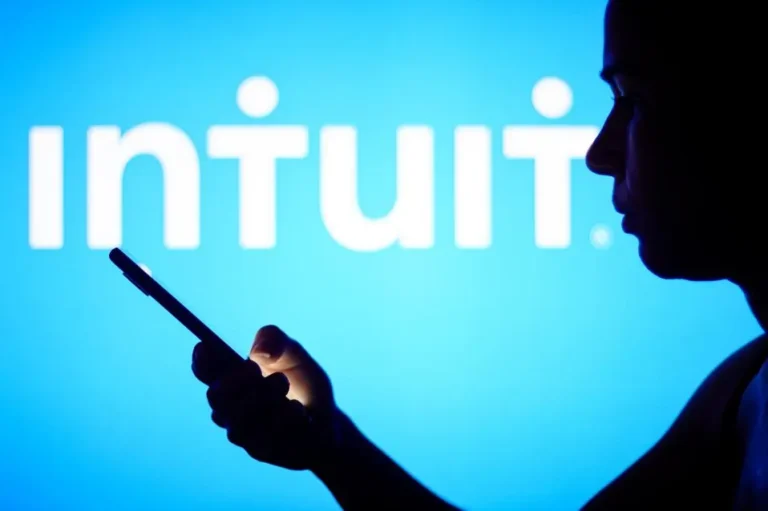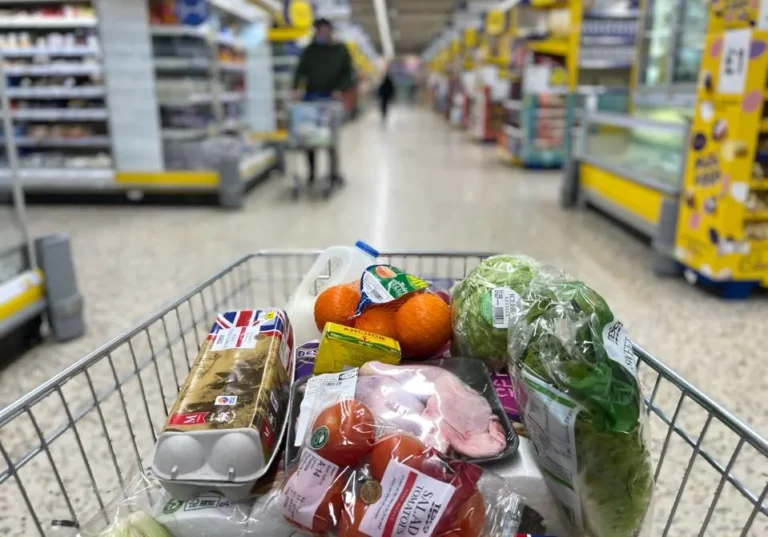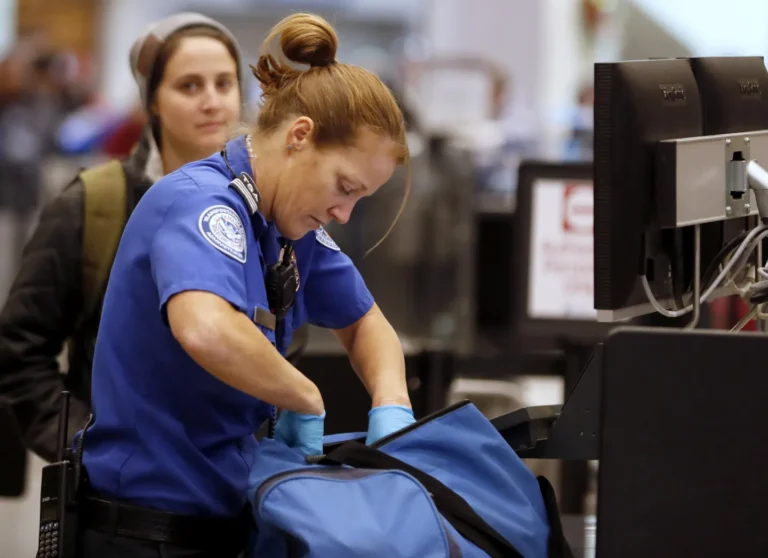Dean DeBiase is a best-selling author and Forbes Contributor reporting on how global leaders and CEOs are rebooting everything from growth, innovation, and technology to talent, culture, competitiveness, and governance across industries and societies.

AI – From Bank Runs To Retail Shortages

By Dean DeBiase
March 14th, 2023
As most of the northern hemisphere springs into the next season, and news cycles shift to what’s trending or distracting Americans next, I often look back on the last season for historical insights that may help us with the next one.
And as news has shifted off the supply chain crisis and the human impacts of sticker shock inflation, I can’t help but ask—did we fix it. Are pains that seemed so urgent still there—or just not covered by mainstream media? For those of you still shopping, according to Deloitte the pain continues with around one-third of Americans struggling to make ends meet.
Did we learn anything—or are we bound to make the same mistakes and accelerate the next crisis? On the heels of the Silicon Valley Bank (SVB) meltdown, the banking industry is asking themselves that painful question, after poor communication and panic led to a record run on that bank.
But what of retail? After the urgency of trending matters fade, like supply chains, and the next new shiny trend arrives, like AI—I wonder can AI help fix supply chains, shortages, panic buying and runs on retail.
Let’s look at the cough, cold and flu season that we are all so happy to leave behind. As patients, parents and consumers alike headed to the store or their phone to get over-the-counter remedies, many were surprised to find that that shelves and sites looked baren across retailers and ecommerce providers.
How could this happen? Didn’t we leave supply chain shortages, like the run on toilet paper, in the pandemic past? Maybe not.
Panic and poor communications contributions aside, the reality is that our supply chains are highly volatile, complex and global—and retailers have struggled to manage the day-to-day crisis that is supply chain management. It is impacting how they plan and mange a diverse set of decisions—from what AI tools to deploy, to dealing with Chinese suppliers.
I looked at Amazon, CVS, Walmart, Walgreens and Target to see how they are trying to fix the shortage realities societies have been dealing with because, well, they may continue to ripple around categories of products and services for years to come—from EV batteries to drugs.
Walgreens Gets AI Agile
Let’s take a behind-the-scenes look at Walgreens, NASDAQ: WBA, when it came to its reaction to both over-the-counter pediatric fever-reducing products this past cough, cold and upper respiratory season—in addition to how it has faced and is still dealing with the infant formula shortage.
Moms, you may remember that while CVS was forced to restrict both in-person and online purchases to two children’s pain relief products, WBA limited online purchases to six over-the-counter fever reducers per transaction, but it did not have an in-store purchase limit.
The discrepancies in product quantity limits came down to one product—Genexa. For WBA, the writing was on the wall. Well before peak season began, it seems WBA merchants started purchasing Genexa in bulk amounts.
“As you think about people going back to school and how immune systems were suppressed these past few years with the pandemic,” said Luke Rauch, the company’s Chief Merchandising Officer and Senior Vice President, “we knew we needed to be there for moms and dads. We made some really conscious decisions early on in terms of how big we thought the season would be and the choices we would make as a result.”
WBA made some big bets in over-the-counter cough and cold, pediatric, and even prevention categories like vitamins, because it forecasted the year would unfold as it did. Did I mention AI tools already? Tapping into AI and machine learning tools WBA is deciphering signals at a granular level and seeing how activities, such as weather, events, and social, affect demand for each location—to get the right product, to the right places, at the right time.
When you are facing industry supply chain head winds this level of tech. agility helps consumers. “You might not have found the exact flavor and ounce or brand that you were used to, but Walgreens had a solution for the over-the-counter medications you needed,” said Rauch.
For those that might not be familiar with Genexa, it’s a “clean” pain reliever that’s made with the same active ingredient as leading brands, but has no artificial fillers. A strong selling point, its core brand purpose, became WBA’s secret selling point—and people are investing in it.
During the season’s over-the-counter pediatric shortage, Genexa had not been impacted to the degree other brands had. It ramped up production and supply of products like its Infants’ and Kids’ Pain & Fever medicine to ensure consumers had an option with the same, effective acetaminophen found in other national brands that had been in short supply. Because it doesn’t use traditional, chemically derived inactive ingredients like others, its ingredients had been easier to procure—a concept that brands of all industries should seek out.
The core challenge became educating patients and shoppers that weren’t familiar with Genexa like they were with other national brands, that these were safe and effective alternatives. WBA knew it had its work cut out for it. Parents, you know we can be a tricky group to talk to, especially when it comes to our kiddos, right?
The healthcare company put callouts on its website and at shelf with comparison statements to Tylenol, and at times directed the consumer to its 24/7 pharmacy chat. Introducing consumers to new brands and solutions is something the retailer does all the time, but this time, the stakes were higher. Customer engagement and loyalty were on the line.
“We partner first and foremost with the supplier on educational campaigns,” said Rauch. “We know we need to make it clear and easy for consumers to understand. When the consumer comes to shelf and their usual product isn’t available, we provide signage explaining that it has the exact same benefits as what you may be used to. Because we know those decisions tend to be made at shelf, we believe the most important thing we can do is communicate there.”
I am pretty sure the retailer is already preparing for the next cough/cold and upper respiratory season as it can try to stay ahead of the market twist and turns.
Even outside of the supply conversation, many of us want natural, homeopathic, clean and eco-friendly products. This category is on the rise and, thankfully, WBA and others are investing in it to provide an elevated assortment of products for those desiring natural alternatives.
From Suppliers to Cocreation Innovation Partners
For the past few months, although it may seem like decades to parents, infant formula has been constrained across the country. WBA, like other retailers, has purchase limits of three per transaction on all infant and toddler formula to help improve inventory and allow parents to be able to receive product even in a minimal inventory environment.
In order to support the last baby formula shortage, WBA quicky expanded its supplier base as FDA approval had been granted to additional manufacturers. In particular, they partnered with Danone and brought Aptamil, the number one formula brand in Europe, to shelves.
While WBA had the first-to-market launch of Aptamil in over 8,000 stores, it again faced a gap with parent engagement—and understanding the efficacy of the product. They quickly added engagement and educational initiatives including department signage showing brand benefits and equity, and a QR code with additional online education (mixing instructions, ingredients, etc), shelf tags with benefit statements, an online location finder, social media and more. It committed to maintaining placement of these brands through at least the next year to assure moms they can count on the continuity of feeding, which also helped Danone to expand its investments.
I write a lot and speak about the power of partnerships, and this is yet another proof point. WBA is continuing to work closely with suppliers—and more now as partners— to develop new products, services and technology solutions. As with most other sectors, there are hundreds of SaaS and AI emerging growth companies working to improve on the next-generation retail AI—from back office platforms like Inspectorio to market facing solution providers like Revieve.
The industry and WBA are getting better at bringing digital and store demand together to provide unified, omnichannel planning, in order to improving coordination between partners, suppliers, DC’s, transportation, and stores.
Sound easy? Not at scale.
With more than 8 million average daily customers, 200 million item/location combinations, and 9000+ Walgreens doors, they needed to evolve old customer demand drivers to better decipher the various factors that influence and shape customer behavior and demand.
WBA deployed Antuit.ai, a Zebra Technologies company (ZBRA), systemwide, along with an intelligent and intuitive application layer that enables planners to orchestrate replenishment decisions better. AI and machine learning, coupled with novel datasets, helped them forecast at a hyper-granular level and better understand how weather events, social media, local events and localized illness trends impact how, when, and why consumers shop at Walgreens.
Communications and Panic in Future Shortages
Look ahead, a crystal ball of supply chain shortages will certainly never exist, it seems like it’s often up to the consumer to trust retailers and brands to better engage with and guide them to solutions and answers.
The next time you face the prospect of a product shortage, seek out education on alternatives and most of all, as they say—don’t panic. There will be no shortage of shortage headlines (pun intended). As clickbait continues to influence our reading habits, sometimes stories are blown out of proportion, and with local newspapers in the U.S. closing, it’s a ripe news environment to get completely lost and manic at the situation.
Just like many reported that the SVB collapse was driven by VC’s tweeting, calling it ‘the first Twitter-fueled bank run’, you will continue to see your local community’s Facebook page spreading panic at the nearest sign of a shortage.
This isn’t to downplay the severity of essential products “missing” from shelves, but to highlight that sometimes the headlines you read that scream, “Shortage, shortage, shortage,” don’t always paint the full picture. It’s now up to the consumer more than ever before to assess the situation at shelf and make informed purchase decisions.






